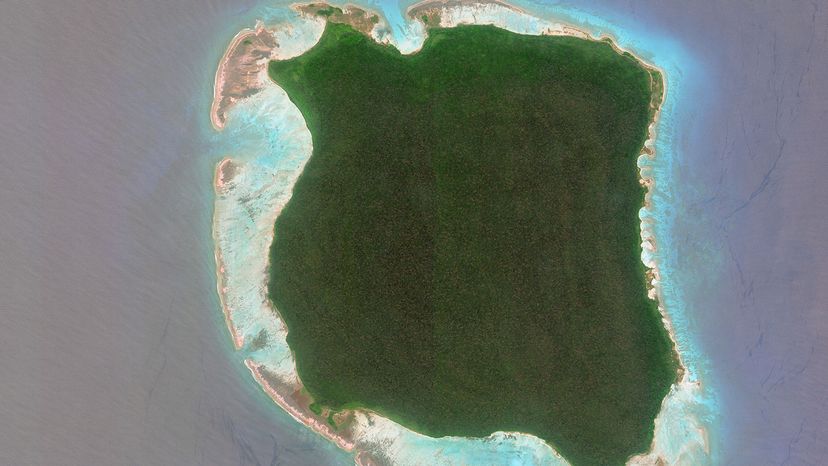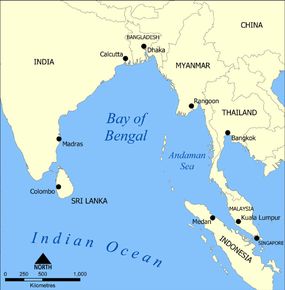Since 1996, Indian law has made it illegal for fisherman, tourists, researchers or other civilians to approach or land on North Sentinel Island. In 2006, two fishermen from Myanmar made an emergency landing on the island and were killed by the Sentinelese, their bodies buried in the sand.
But that wasn't going to stop John Allen Chau, a 26-year-old evangelical Christian missionary and adventure blogger who hired local fishermen to take him there in November 2018. Chau was part of an international movement of young adventurers who yearned to bring Christianity to the "unreached" corners of the globe.
Chau was a well-trained outdoorsman, according to an in-depth profile in The Guardian, and he submitted to several rounds of vaccinations to ensure that he didn't bring any outside diseases to the Sentinelese.
Tragic Diary Entries
Chau chronicled his missionary trip in a diary and came prepared to deal with any "contingencies" of contact with hostile residents, including dental forceps for removing arrows. When Chau first waded up to the Island, he brought a large fish as a gift.
"I hollered 'my name is John, I love you and Jesus loves you,'" Chau wrote in his diary. The Sentinelese responded with arrows. Chau came back and dodged even more arrows, including one shot from a young boy that pierced Chau's waterproof Bible, according to another profile in The New Yorker.
"If you want me to get actually shot, or even killed with an arrow then so be it," wrote Chau in his diary that night. "I think I could be more useful alive though, but to you, God, I give all the glory of whatever happens. I DON'T WANT to die."
Tragically, that's exactly what happened. According to the fisherman who smuggled Chau to the island, they saw the Sentinelese drag his body to the beach and bury it. The Indian government was unable to recover Chau's remains.

